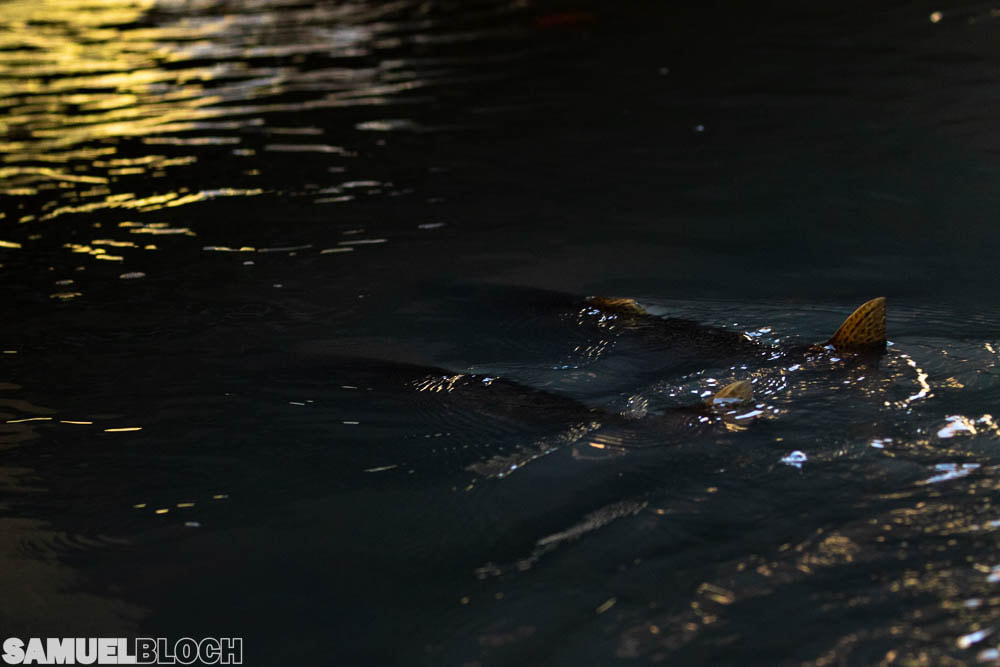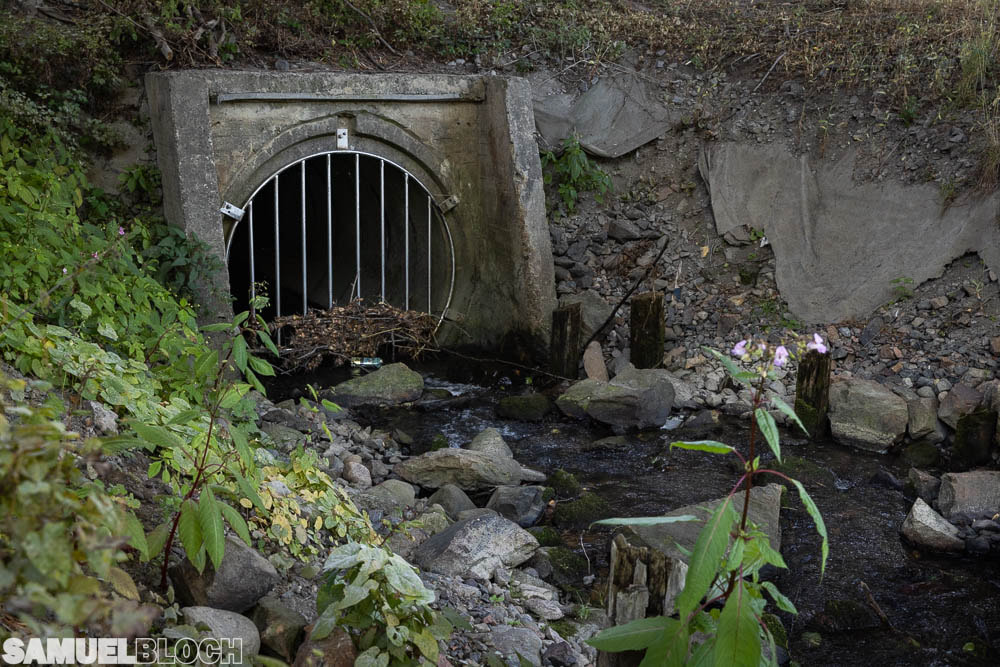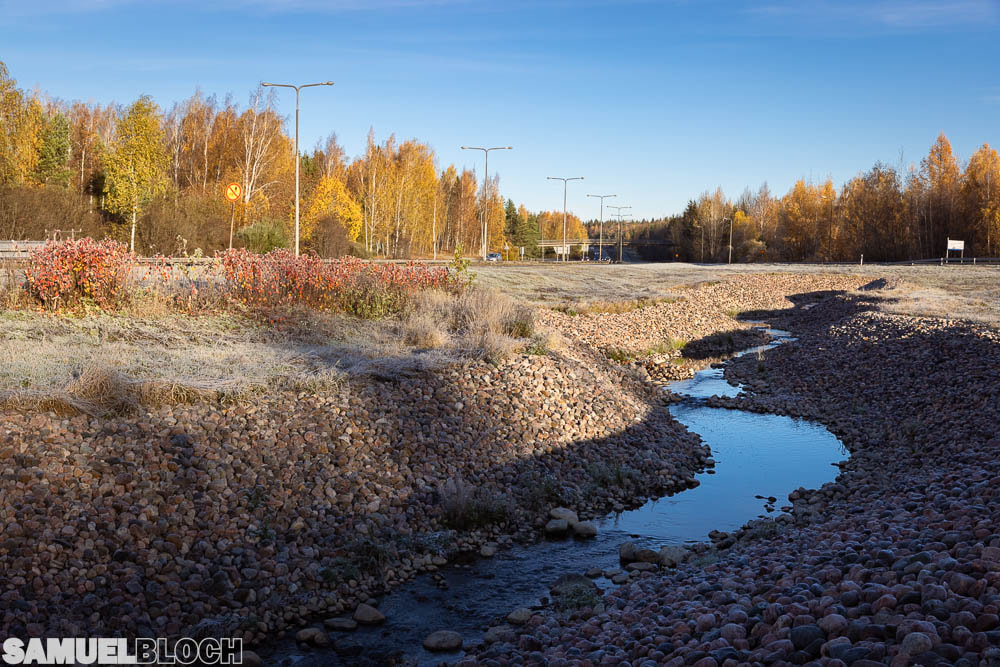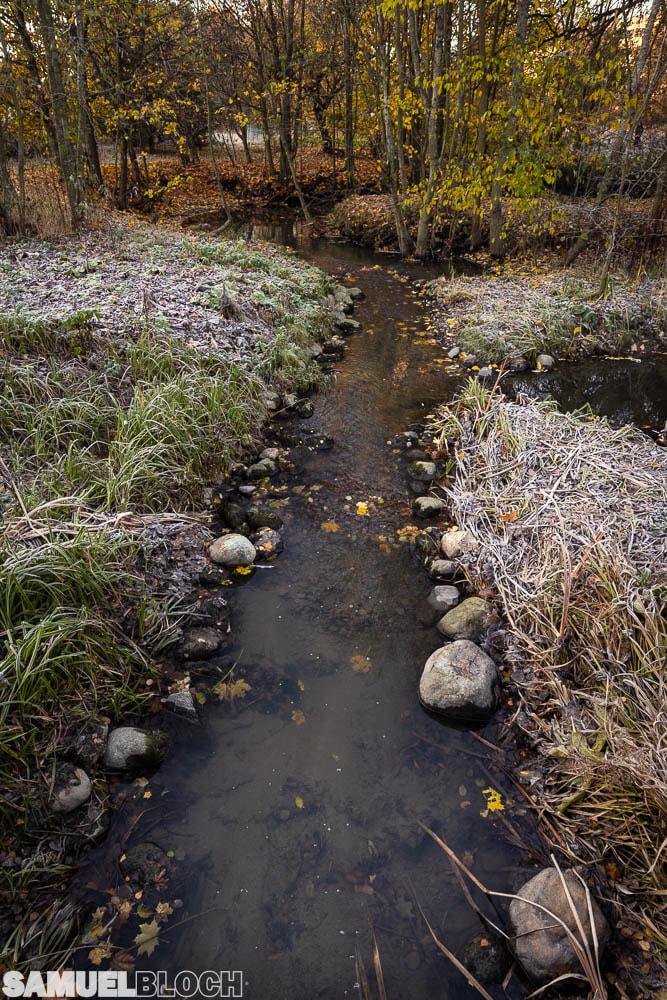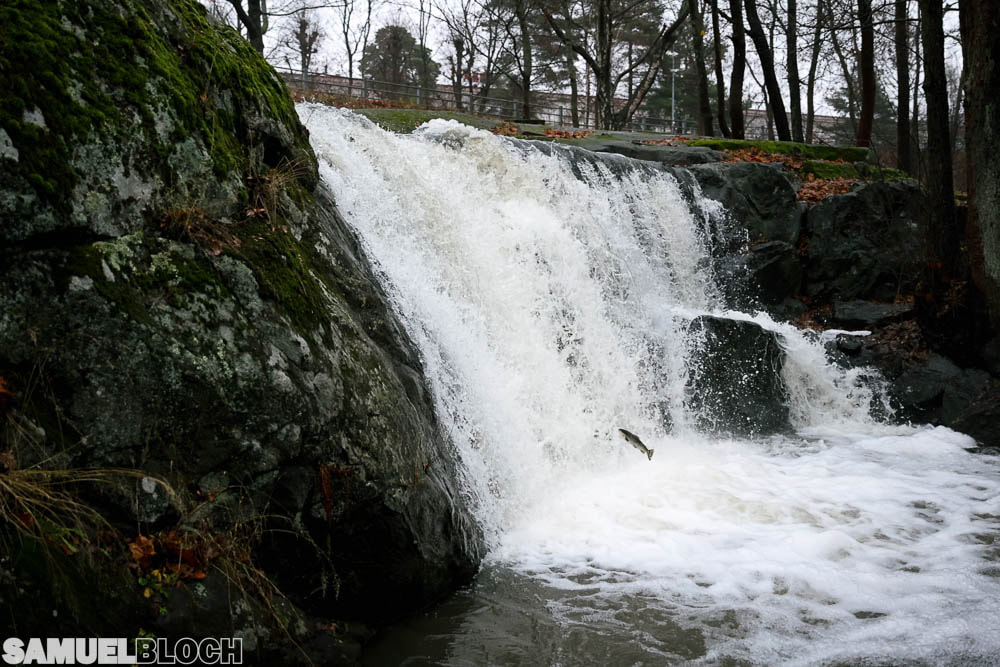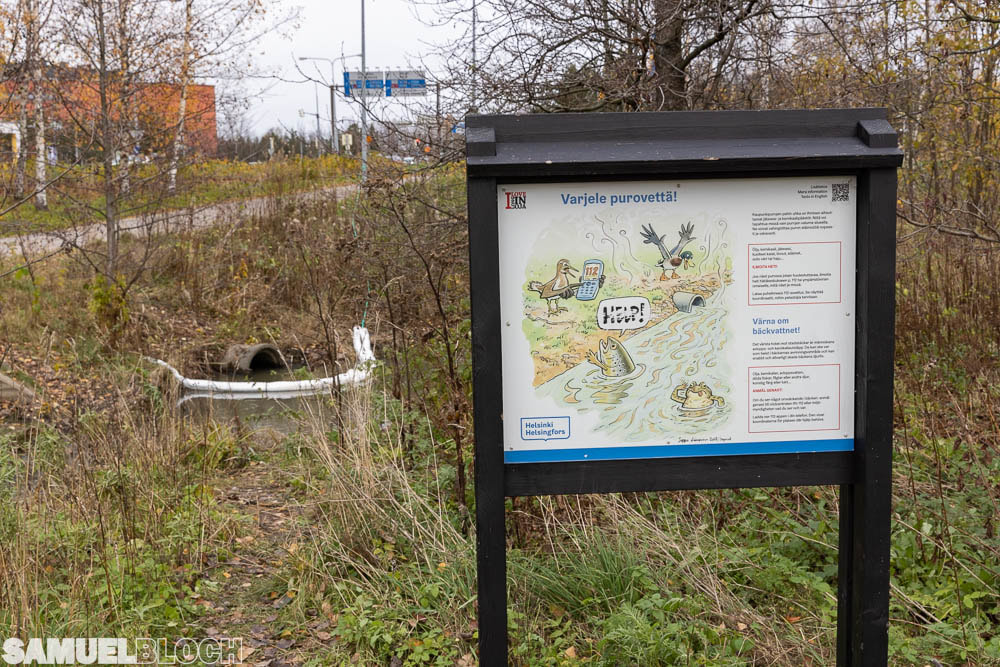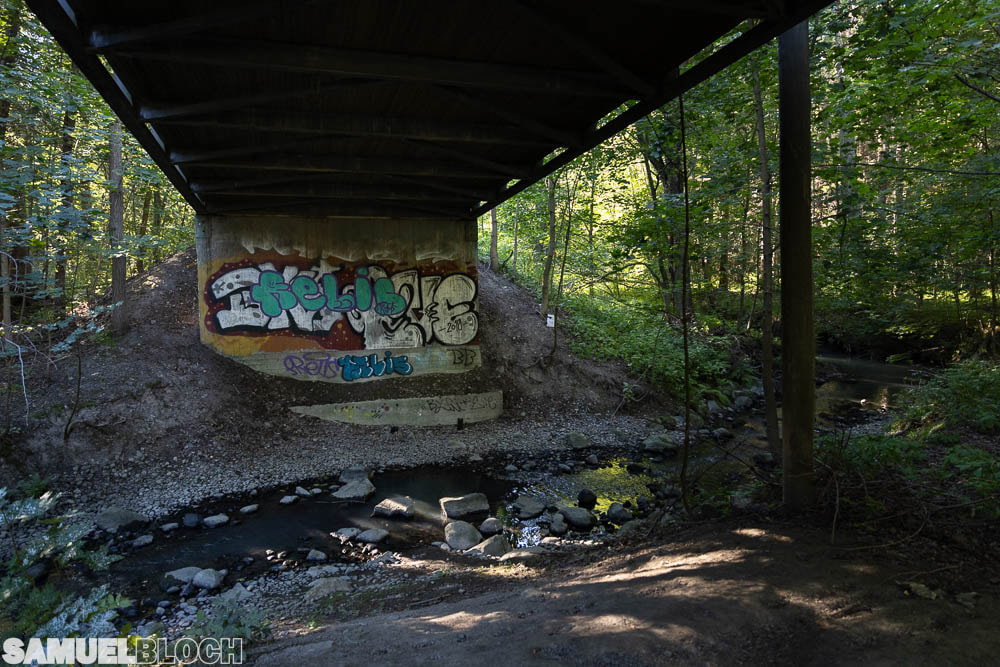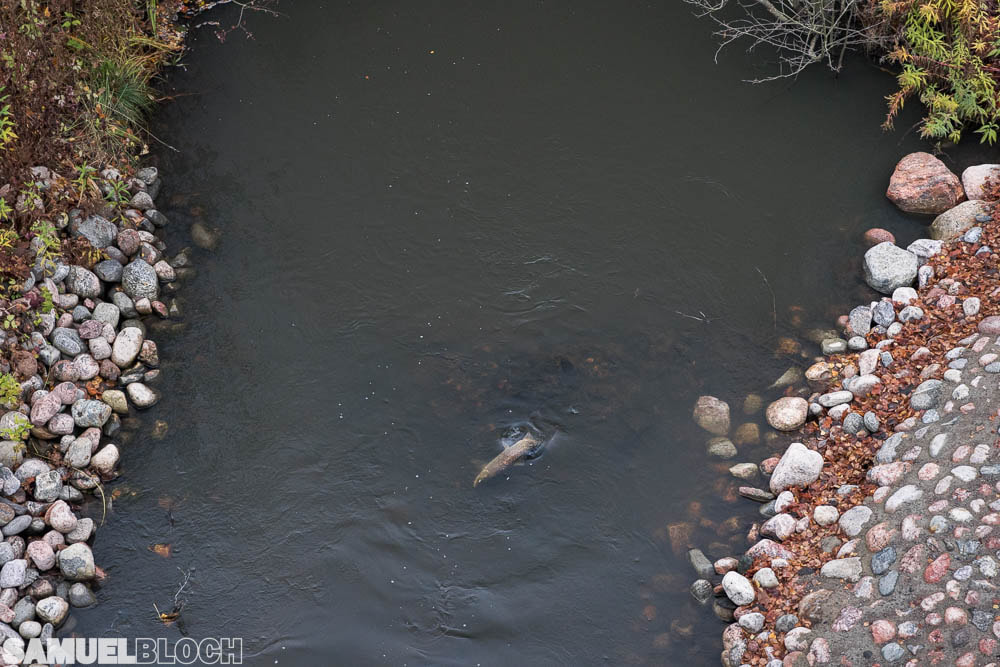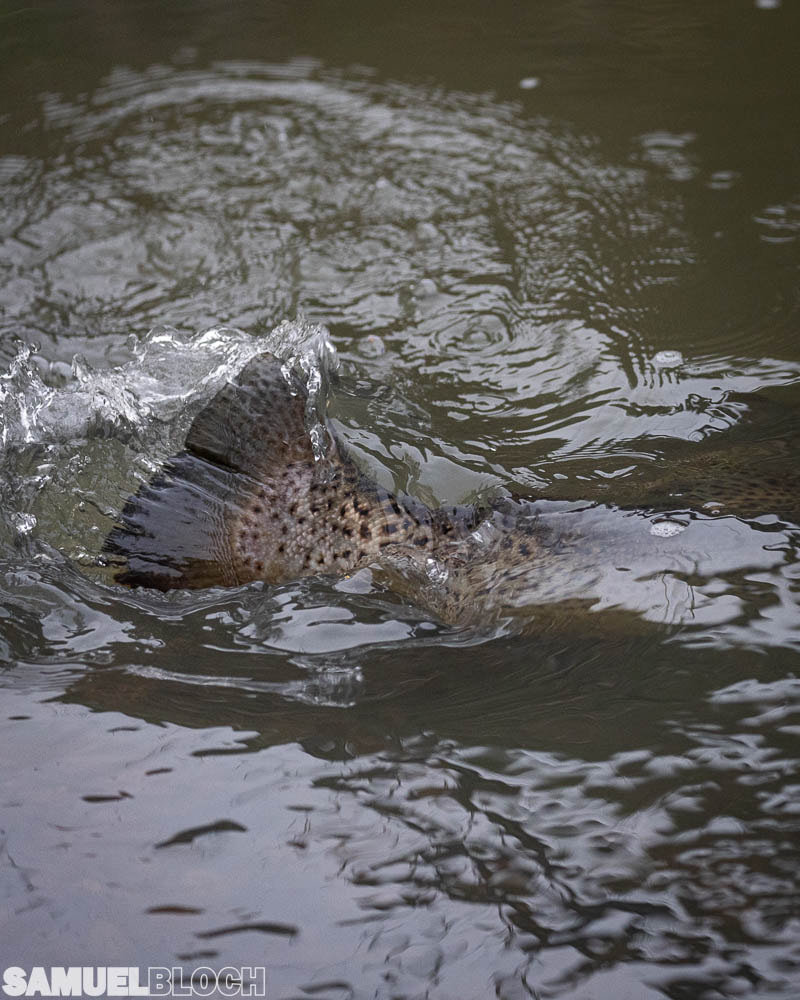|
One of the key questions for conservationists is: how do we trigger action that’s bigger than us? There are only a few people who can afford to do conservation full-time or even half-time, whether that’s as professionals or as volunteers. How, then, can we save species with so little manpower? Bigger action can take several shapes: it can, for instance, be a protest that attracts people who normally don’t join conservation action. It can also be larger numbers of volunteers joining restoration events. It can be political action, with members of the parliament pushing new nature protection laws, or city agents implementing rewilding programs that have been asked for for a long time. In this context, I think the story of Pirkko the Trout is enlightening. For someone not very attuned to nature, I assume it can be difficult to identify to creatures such as sea trouts (Brown trout, Salmo trutta), no matter what incredible feats they accomplish when they travel upriver in the autumn. However, when an individual faces visible struggle and life-or-death situations, it can touch the public in ways scientific rationale cannot. Pirkko was a big mother trout that swam up Haaganpuro in autumn 2017. She was 77 cm long, she weighed maybe 5 or 6 kilos… as such, she was probably filled with over twenty thousand eggs waiting to be fertilized and laid in gravel, for a new generation to rise in the next spring. Unfortunately, she came too early. The water level was too low in the concrete pipe that goes under the highway (Hämeenlinnanväylä), so she had to swim on the side, and she hurt herself. Her lateral fins were badly damaged. When conservationist Henrik Kettunen found her, they had been reduced to merely 1 cm. He also noticed a hole on her head, an injury that must have been caused by her hitting the grid that blocks the entrance to the pipe. At the time, restoration work in Haaganpuro was only in its enfancy, so the eggs that Pirkko carried would have been a great boon for the brook’s trout population. Alas, the mother trout was found dead soon after. Discovered on Pirkko’s name day, not far from the Pirkkola neighbourhood, she was thus named Pirkko, and her story was shared with the world. Later, ELY (environment, fish, traffic government agency) installed wooden pieces at the bottom of the pipe, to slow down the water and make it pool in there, creating more depth. In addition, HSY (water and waste agency) installed a new grid at the entrance, with wider intervals between bars and a wide hole in the lower part. That way, it still prevented large pieces of wood from entering the pipe (thus removing the need for maintenance agents to venture inside the tunnel to clear it, a potentially dangerous task) while allowing safer passage for the fish. Would these improvements have happened without Pirkko’s plight? Maybe. Would they have happened so quickly? I guess not. What does this story tell us? Well, it reinforces the impression that humans often wait for an accident to happen before they take action, but let’s not dwell on the negative here. More importantly, I think it shows that compelling stories, even fish stories, can bring big change. The fight against climate change and the loss of biodiversity can’t solely rely on individual or volunteer action, it will require the people in power (the politicians, but also those who finance and lead corporations) to take strong positions. These people react more to outrage and tragedy than to fact-based science, sadly (“who could have predicted climate change”, the French president recently said), and rarely show great and sincere empathy for the natural world. Maybe the key lies in making the “little people” care and voice their desire for more justice. Brown trouts are born in streams in spring (in Helsinki, that’s typically in May) as teeny tiny fries facing an immensily dangerous life. At first, one of their main predators are bigger trouts, but after a while they become competitors. There’s only so much food in a stream, though, and smaller individuals will be forced to migrate downstream to eat and continue growing. In a lake or in the sea, they live the fish life until the autumn, at which point they start to move upstream to spawn, laying thousands of eggs in the gravel beds that fit their strict requirements. Habitat restoration, which I presented in my latest blog post about the topic, is an iconic activity that involves many people, but a degraded biotope is only one of three main causes that exist for low reproductive success in trouts, the others being poor water quality and obstacles, whether they are man-made dams or logs that bar the river. The critical task when starting a restoration program is to identify the bottleneck among these 3 issues, and most often, it’s one of the latter two, or a combination of them. Freshwater migratory fish populations have declined by 93% since 1970 in Europe, and 76% globally. One of the reasons for that is the amount of dams blocking rivers, and preventing fish from moving upstream. To give you an idea, there's over a million dams on European rivers. That's about 1 every kilometer! In addition, many are not in use anymore, they are just... there, harming river ecosystems for nothing. With such obstacles, fish like trouts, salmons and others cannot reach their spawning grounds to make love and lay eggs. Slowly but surely, there's been recognition that the situation needs to change. In June 2022, the European Commission proposed new regulations so that member states would free rivers of useless dams and restore the associated floodplains, but there is no time schedule in the proposal. The Living Rivers Europe NGO coalition has called on the Commission to improve the text to require 15% of river length to be freed by 2030, with adequate funding. Change is coming. If the fish make it to the spawning grounds, a peculiar dance begins. Female trouts start by digging a hollow in the gravel, turning on their side and flexing their body to do so. This attracts the attention of male trouts, who chase each other to be the one next to the female when she releases the eggs. When that happens, the male releases his sperm to fertilize the eggs. Then the female digs again, but a bit further upstream, to cover the eggs with gravel. This process, which involves much splashing, can take a while: this autumn, a large female worked at it for 2 days in Mätäjoki. Much of it happens at night, and after rainfall. However, if days get cooler, trouts might also be active during the day. Trout spawning is a show that attracts many wildlife viewers and photographers. It’s great to see people being interested in it, because when other passers-by see them along the river, or when their pictures are viewed online, it creates more interest, more knowledge, and ultimately, more desire for environmental protection. At least I think so. “Seeing is believing”, I was told in the autumn, and I want to make people believe wilderness is worth saving.
I would like to thank Henrik for bringing me onboard and sharing all his knowledge about trout conservation. Many thanks also to the LUKE workers and the volunteers who kindly let me publish pictures of their endeavours along the brooks of Helsinki. Sign up for the email list and never miss any Story from the Wild
0 Comments
Leave a Reply. |

